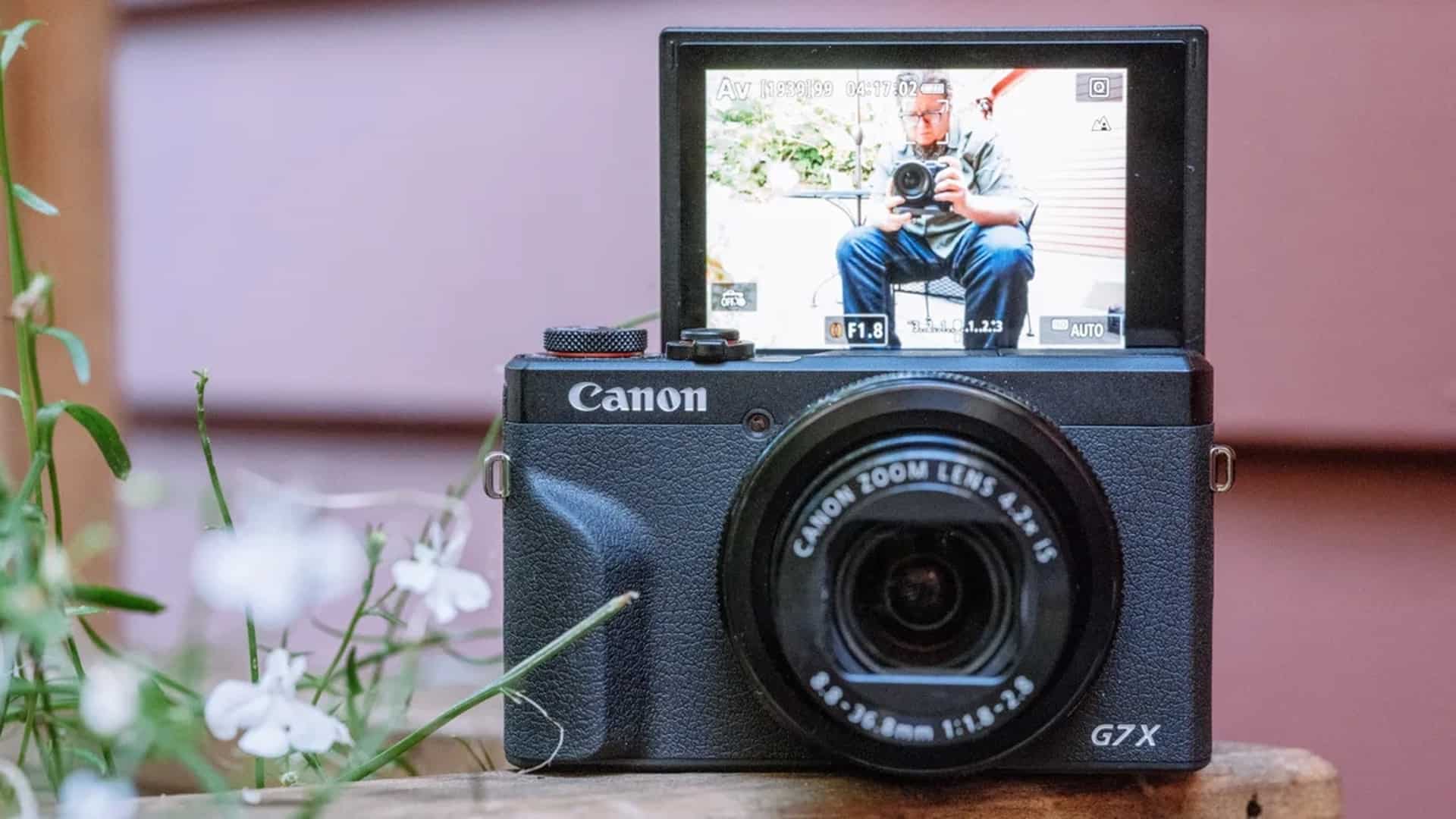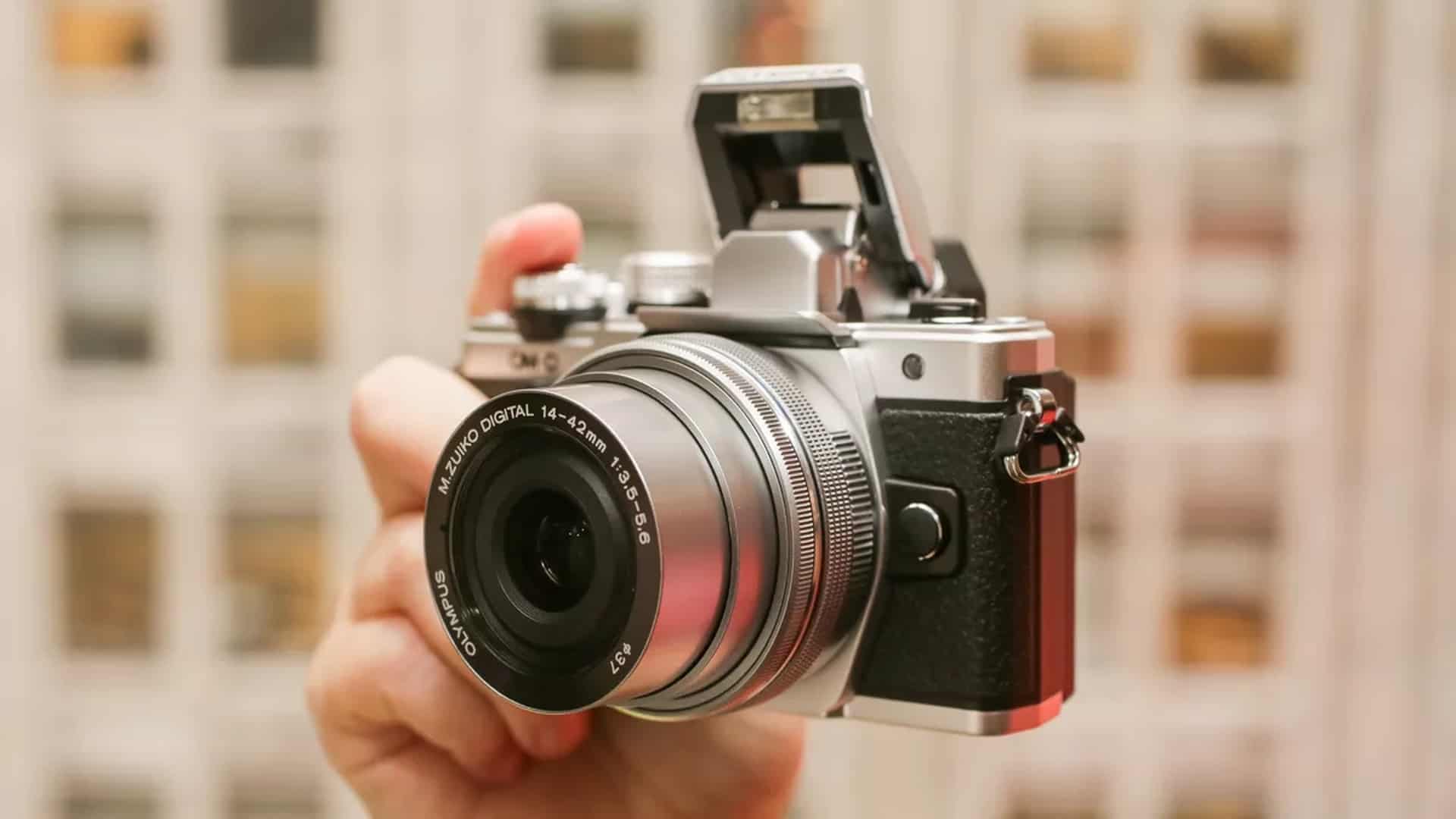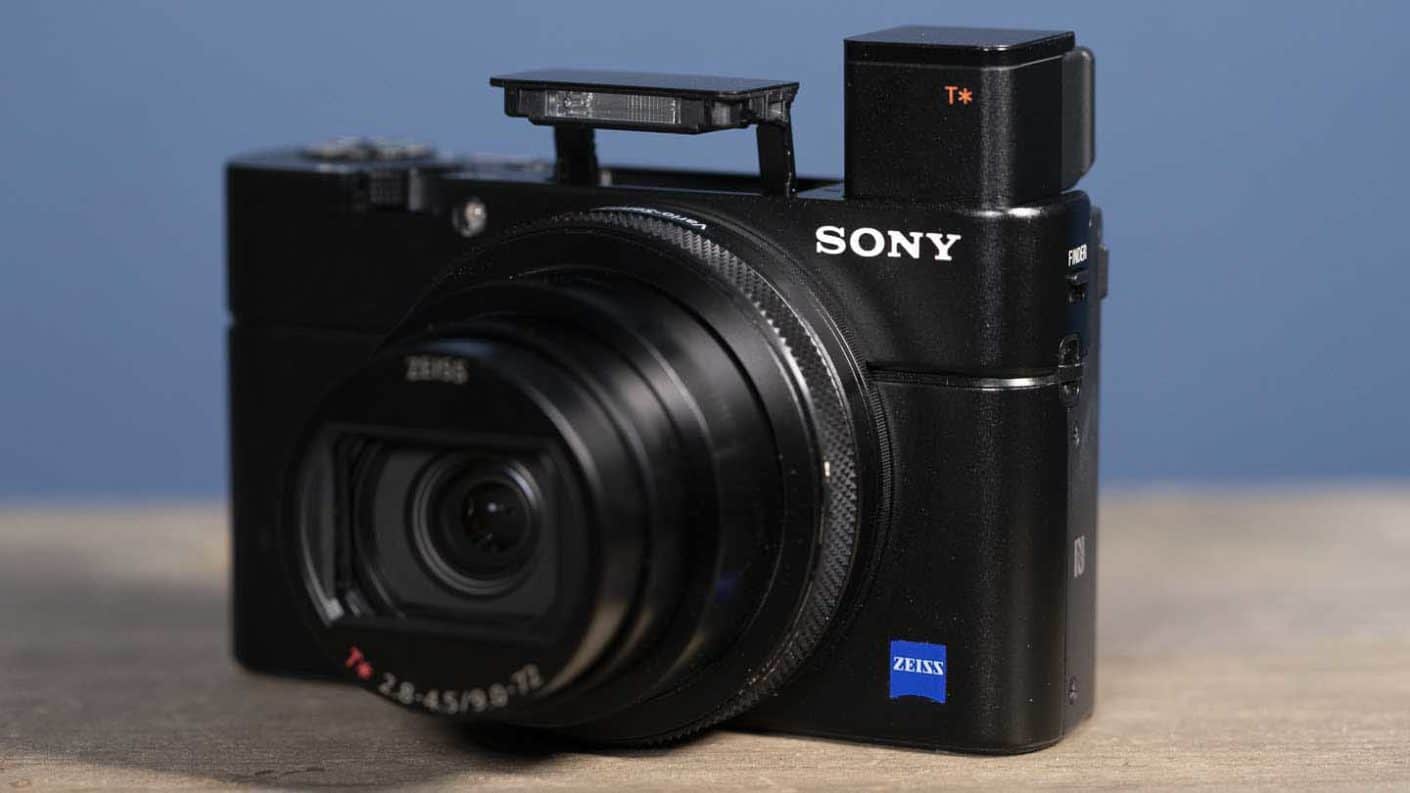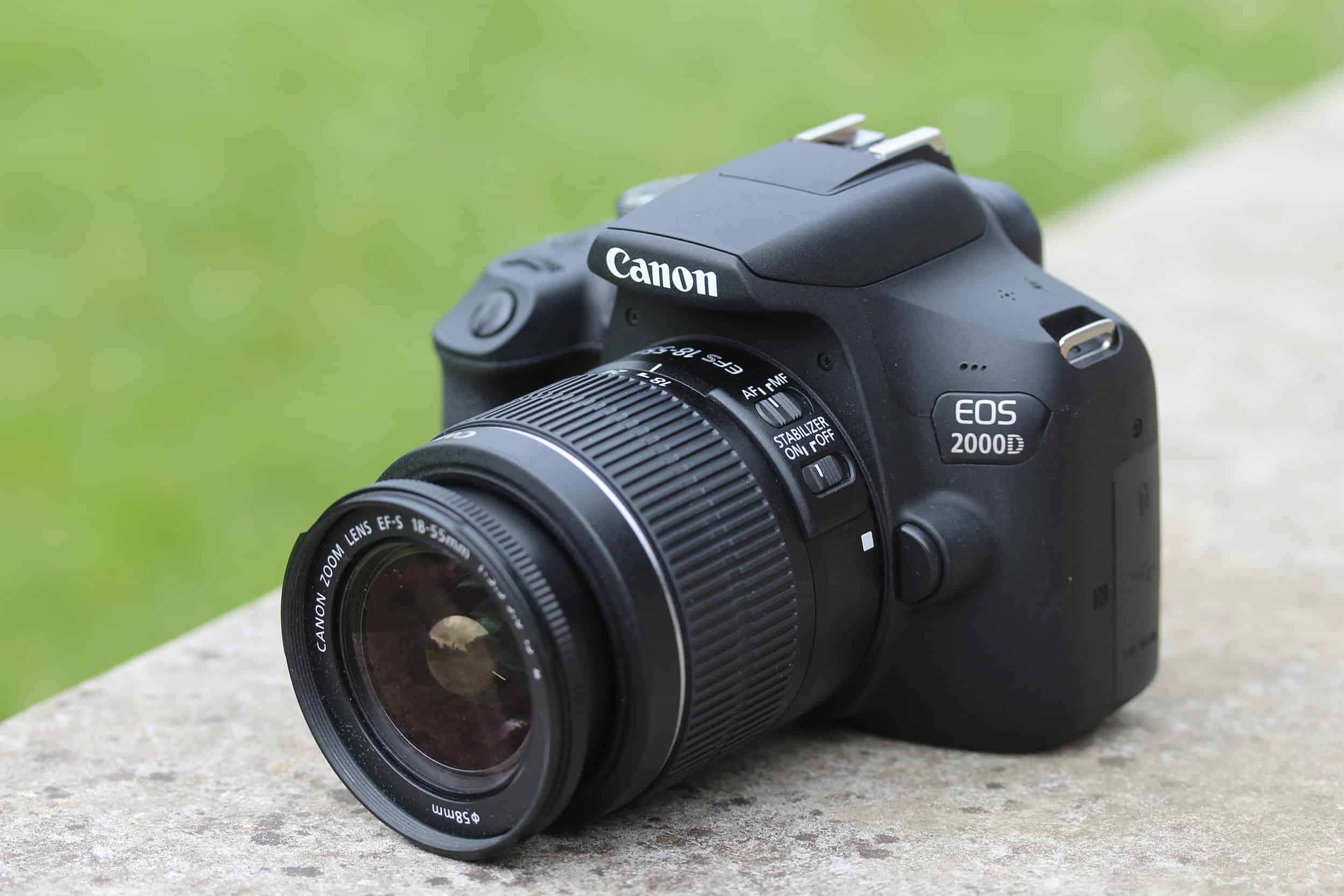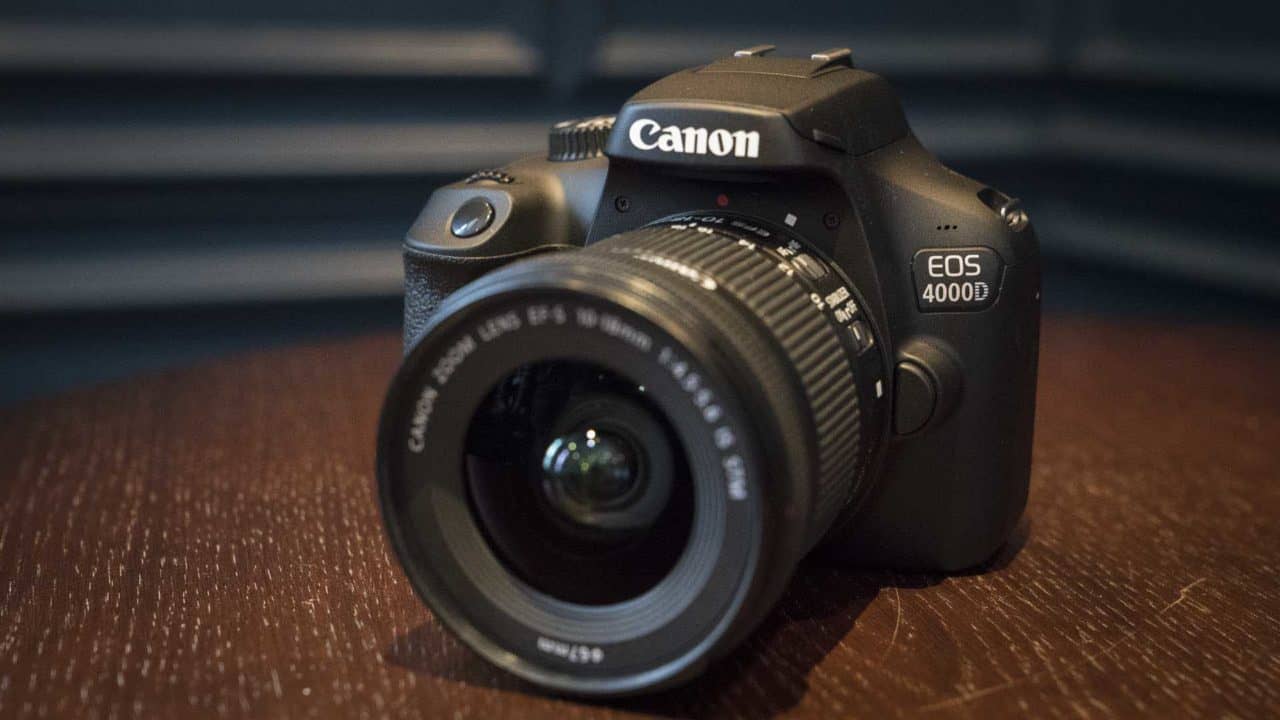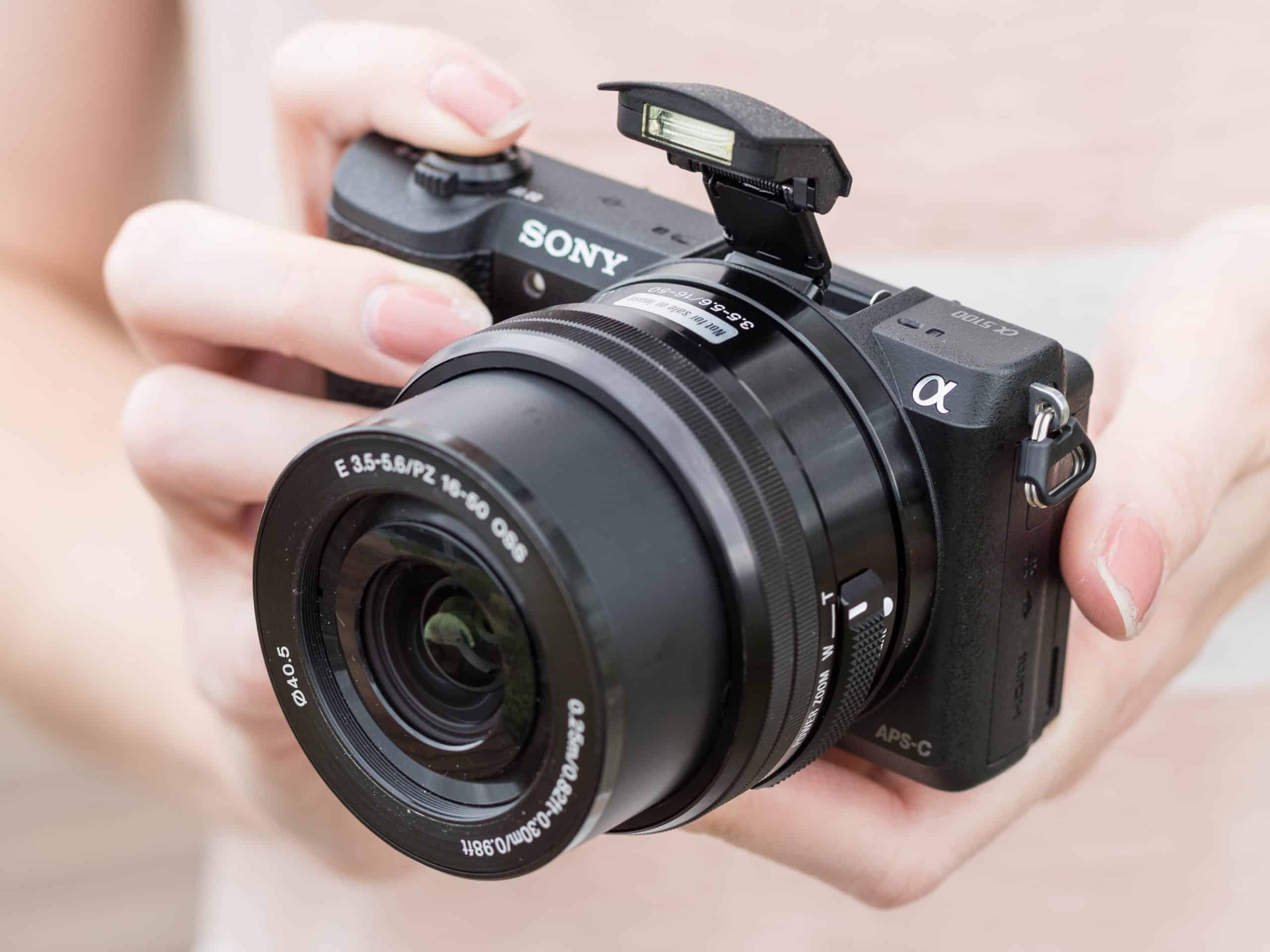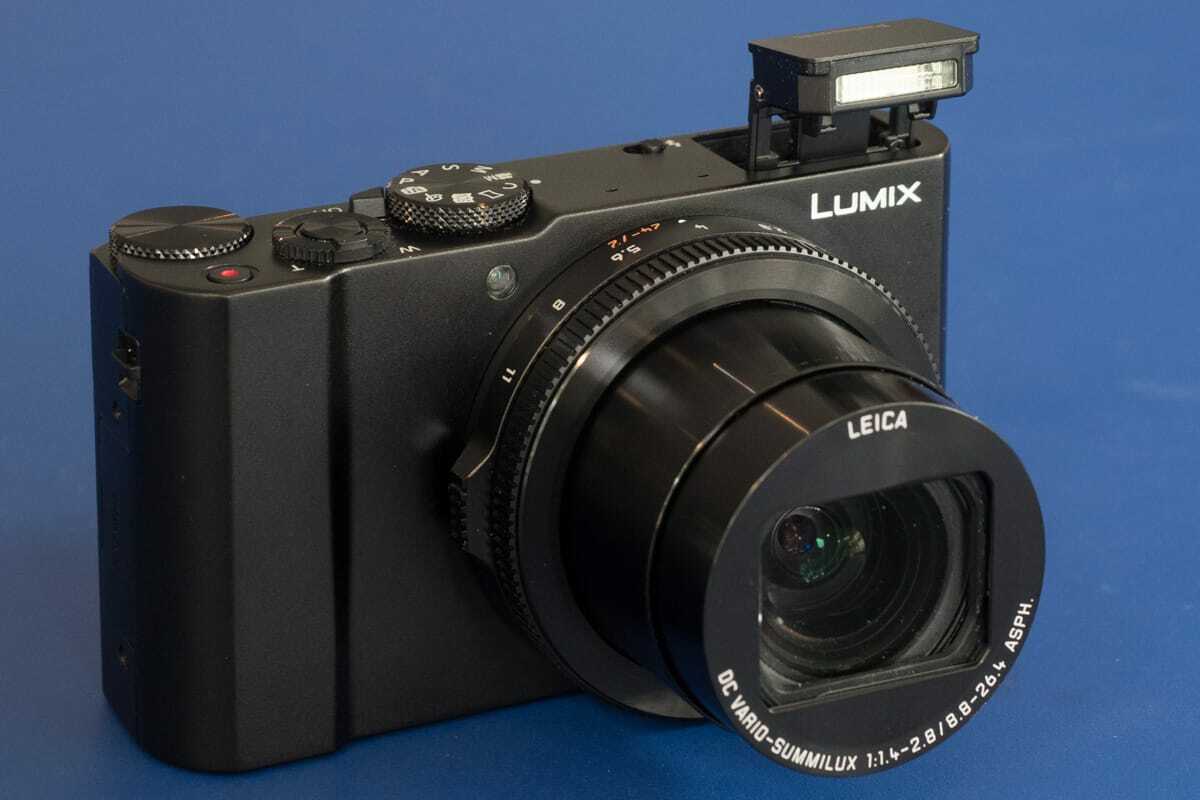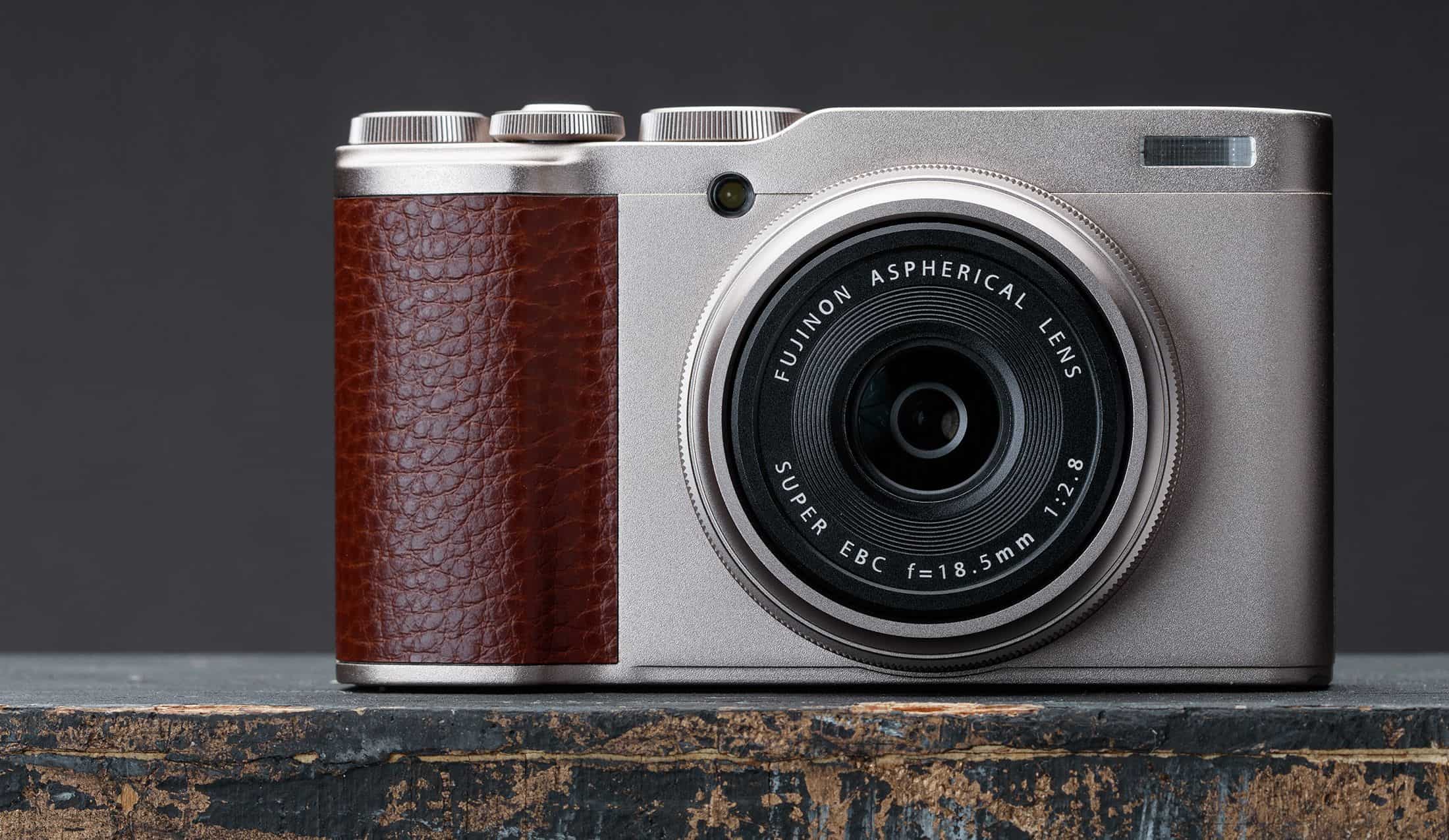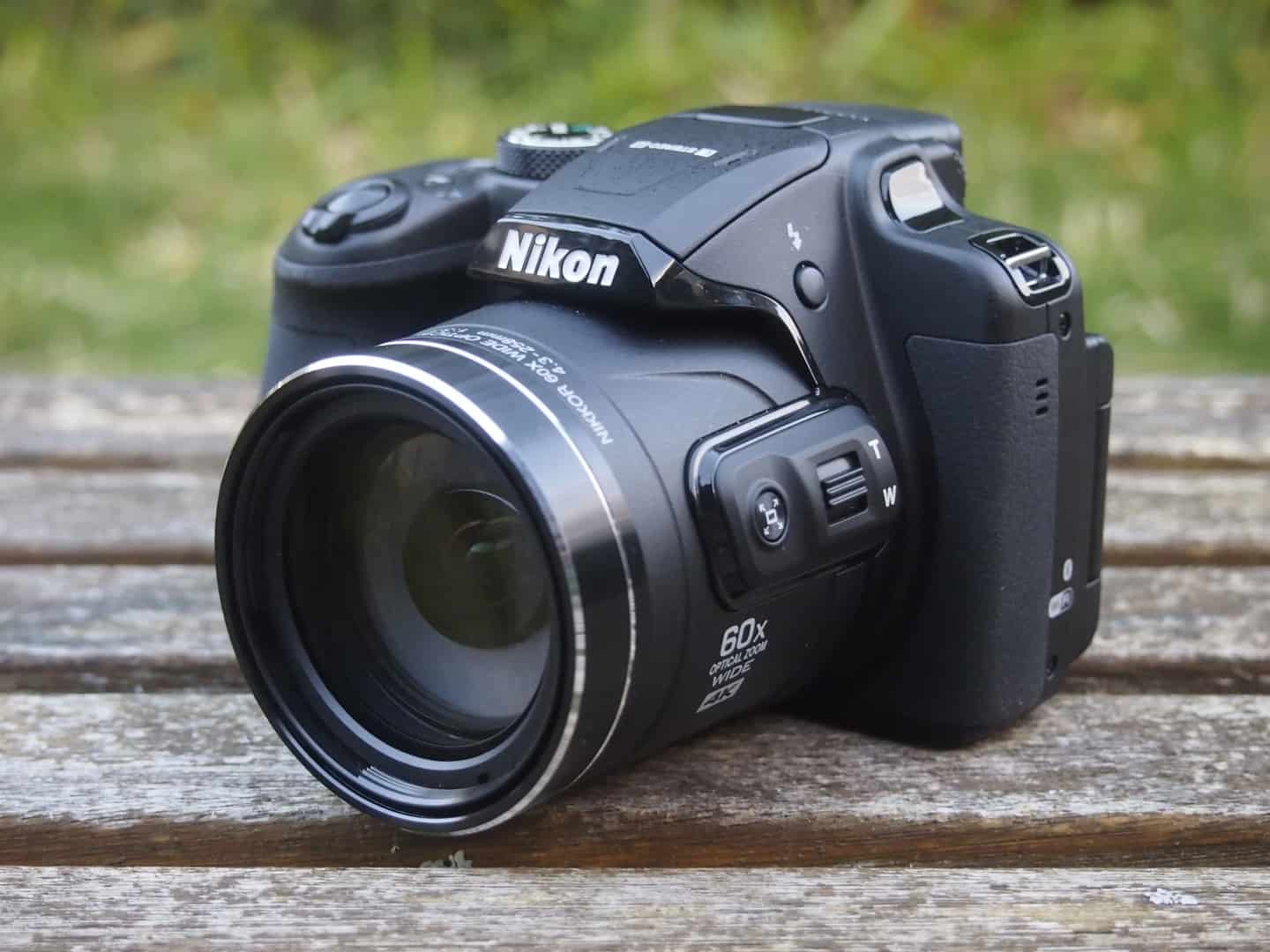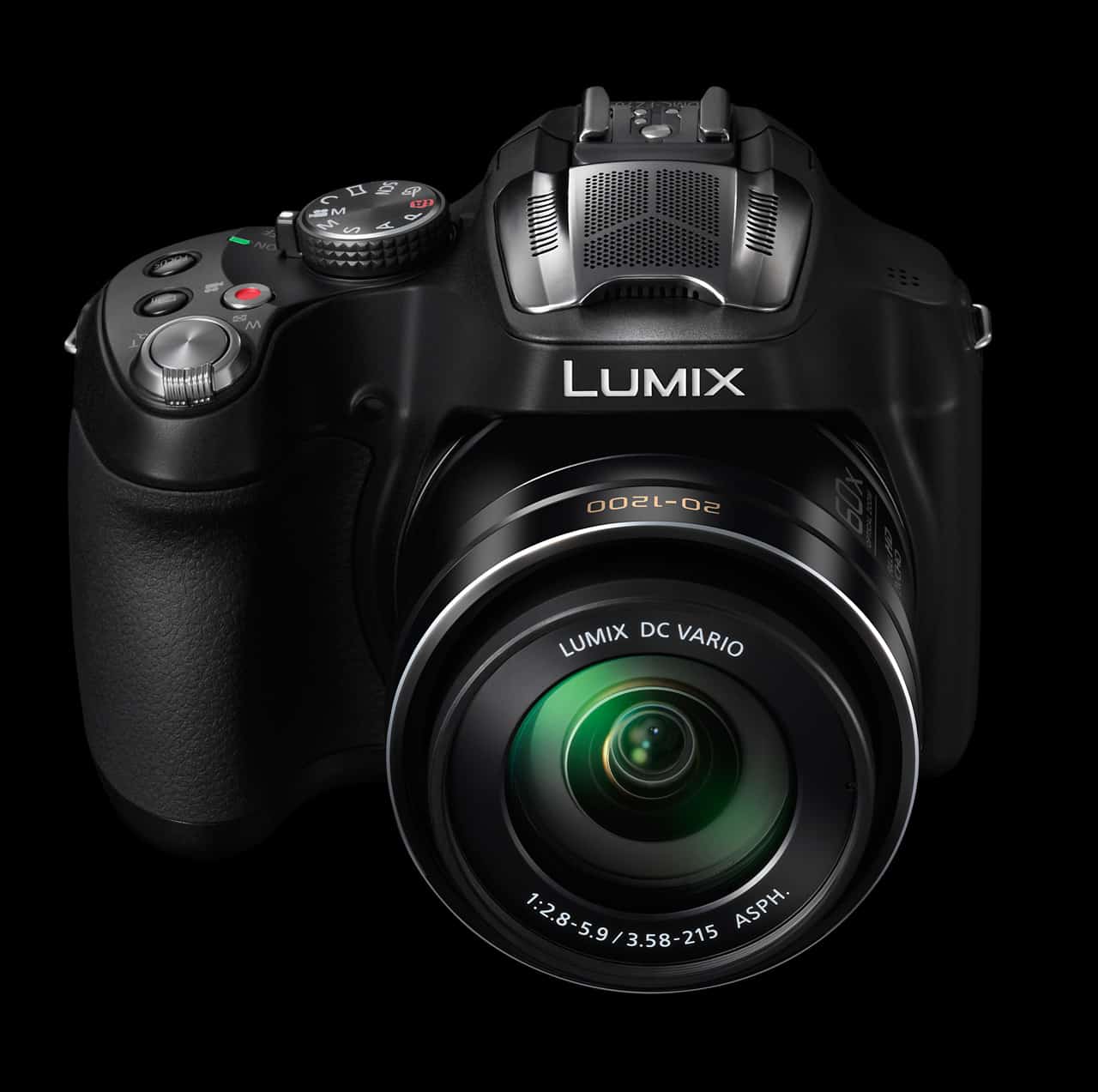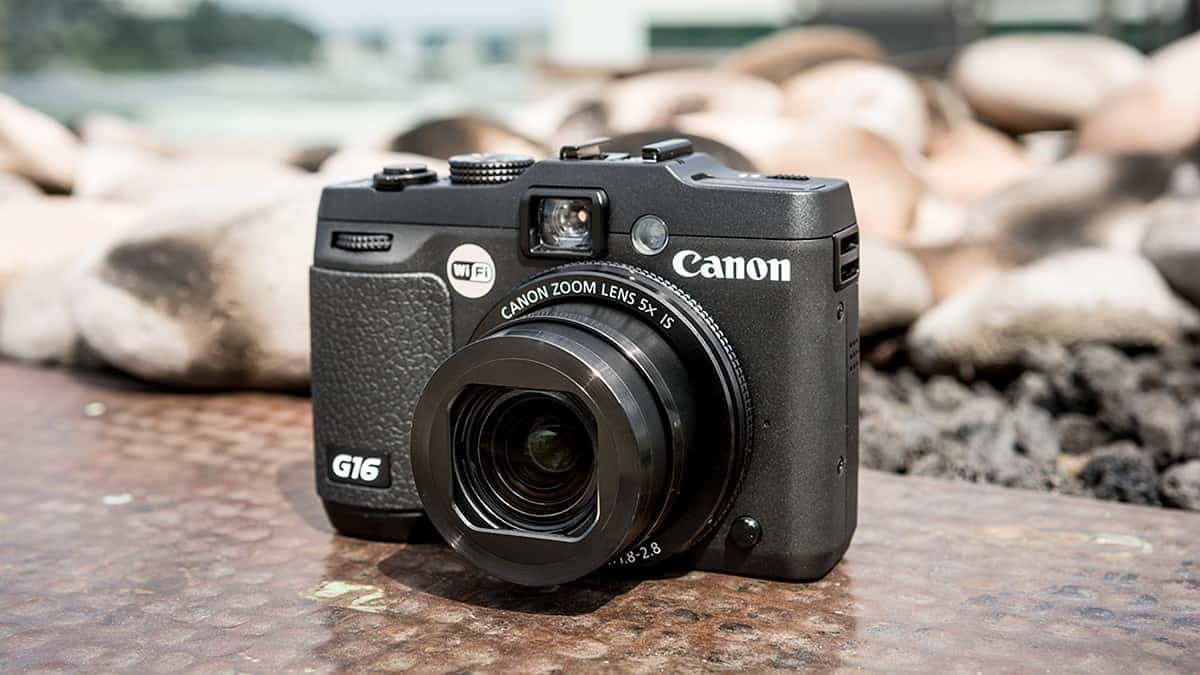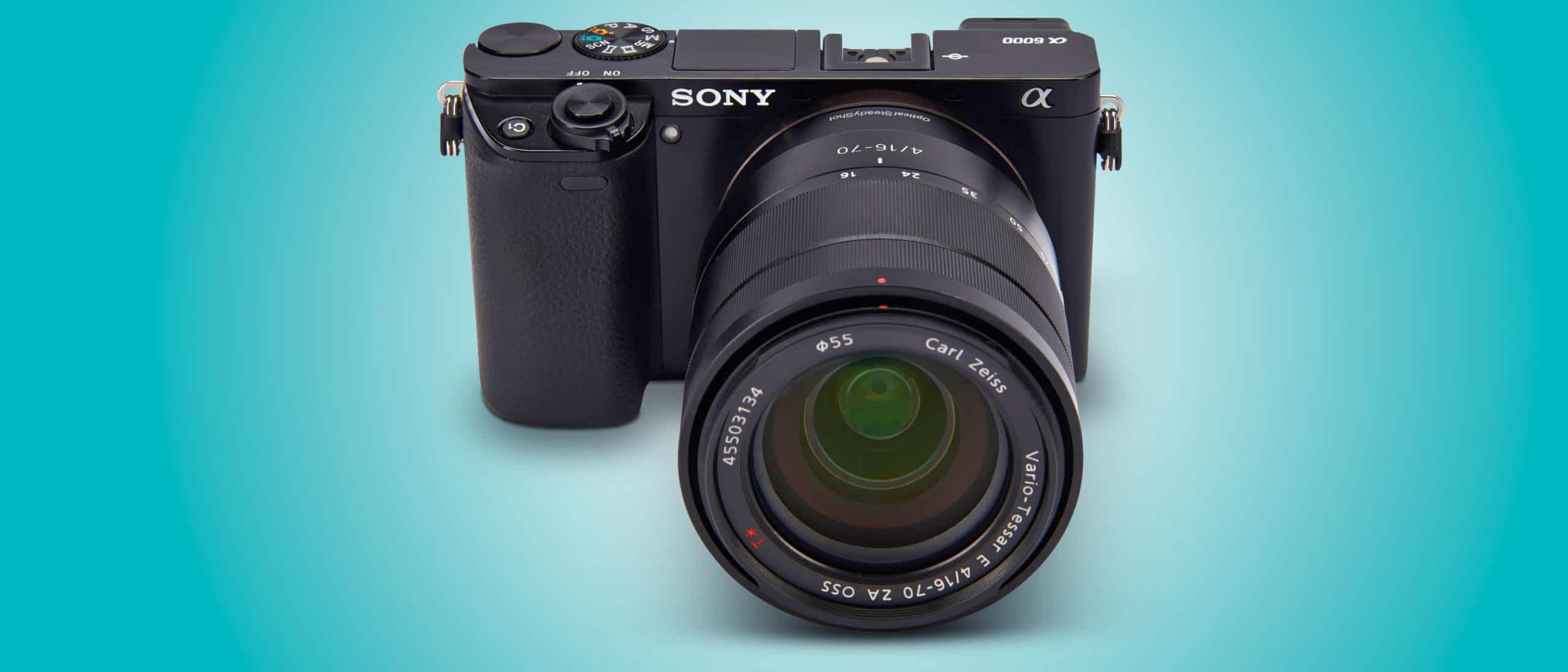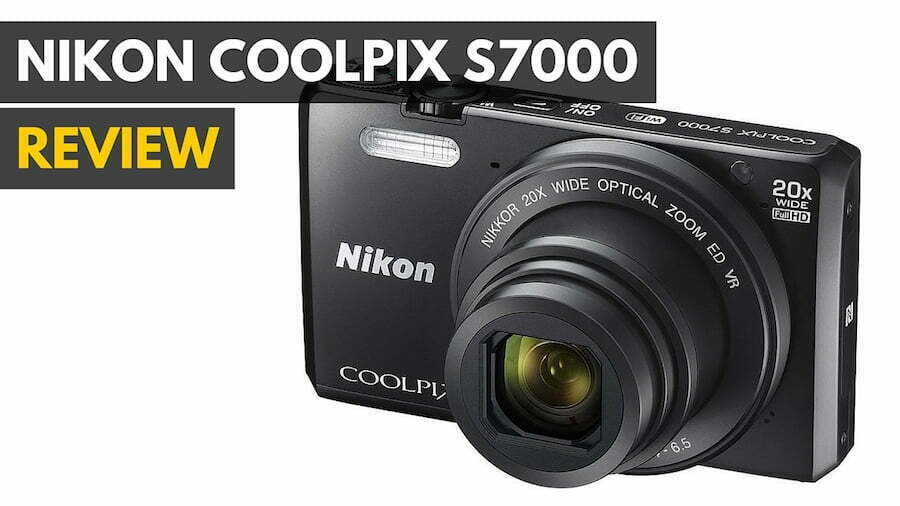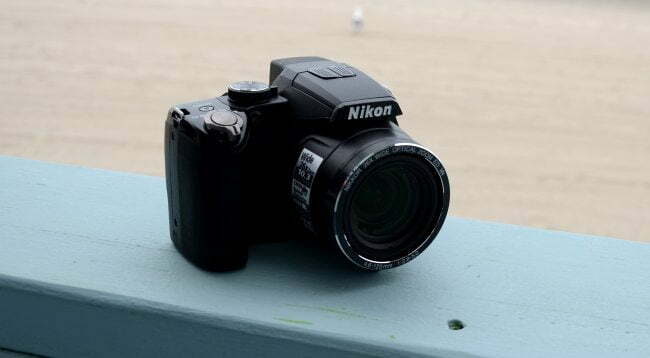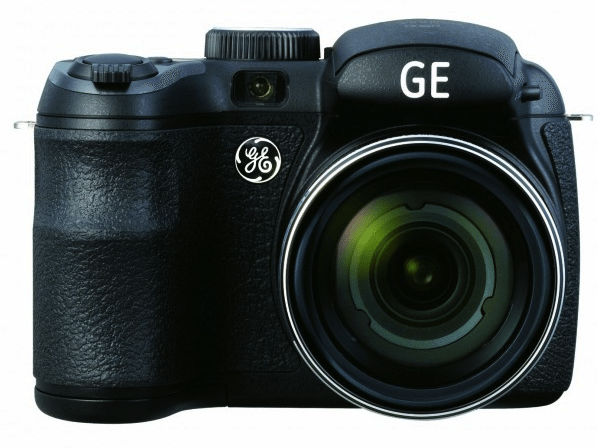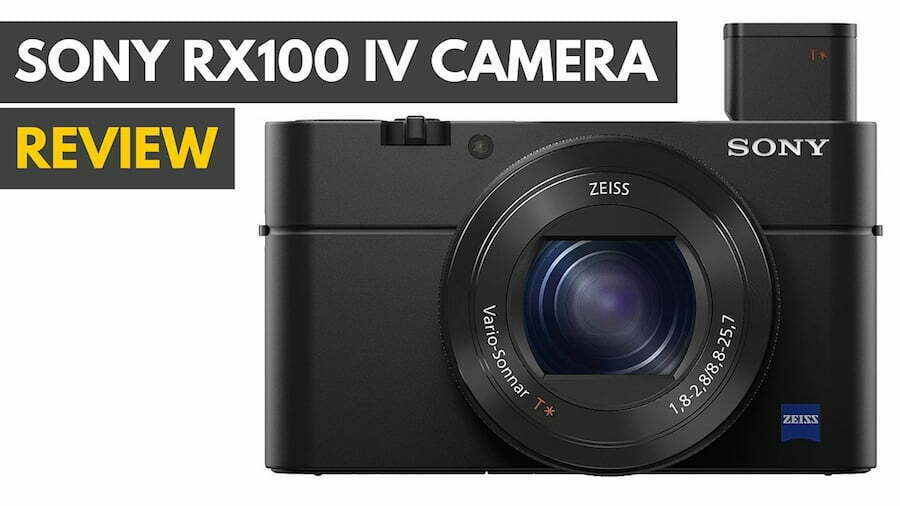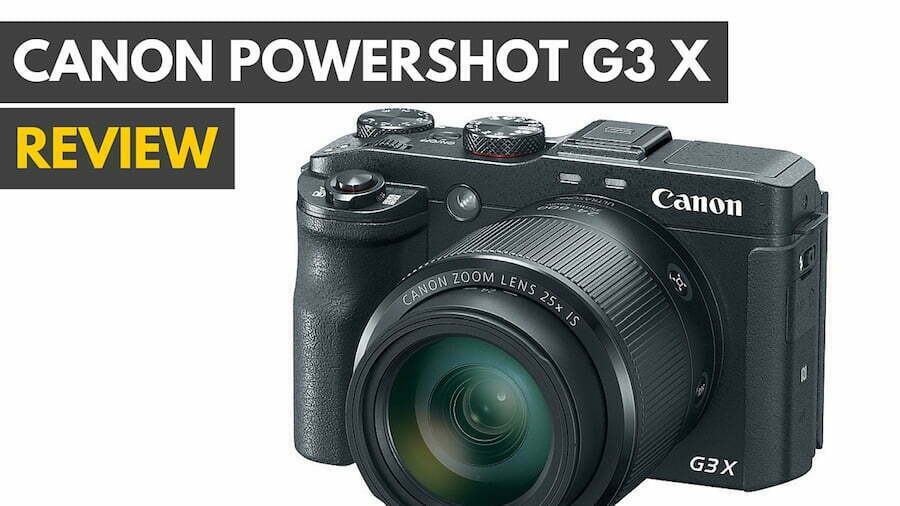What Is a Point-and-Shoot Camera?
You’ve heard of the best point and shoot camera, but what do you really know about them?
The Olympus Stylus Tough TG-6 – Best Compact Point and Shoot Camera is a great camera. Here’s how to use it.
A point-and-shoot camera is any camera that lets you take pictures fast, without worrying about focusing the lens. Most have built-in flashes and a variety of automatic settings. The lens may zoom in and out, depending on the model, but generally can’t be removed from the camera body. While these cameras aren’t as complicated to use as a DSLR, with some practice you can get some really breathtaking photos from a good point-and-shoot camera. Here are some tips to get you started towards some amazing point-and-shoot photography. Before you go on your first shoot, give our Sony Cybershot TX9 Review a read to get one of the best point and shoot cameras on the market.
Before Taking Your First Shots
1. Learn Your Modes
Before going out for your first photo shoot with your point-and-shoot camera, take several minutes to read the manual and to examine the settings that your camera comes with. Most point and shoot cameras have a variety of shooting modes for different situations. Knowing which are available to you beforehand can save you a lot of time and frustration, as well as ensuring that you get the perfect picture when the opportunity arises. Here are a few examples:
- Portrait Mode: Best used whenever you’re taking a picture of someone’s face, or several people in a close group. Creates a soft lighting effect and can add a soft blur to the background. Use this setting on other subjects to make them pop from from their surroundings, in what is called a bokeh effect.
- Hand-Held Night Mode: While not available on all cameras, this mode allows you to take night shots without needing a tripod. The camera takes a series of photos using a fast shutter and then assembles them into one shot, resulting in a crisp image with enough light that would otherwise be available only with a longer shutter speed and a tripod.
- Snow or Beach Mode: This mode compensates for white backgrounds, like snow-filled streets or bright sunlight on the sand, without other details being too dark.
- Miniature or Diarama Mode: Also known as tilt-shift, this mode makes the subject appear to be a miniature model. It’s done by keeping the subject in focus while adding a soft blur to everything in the background and the foreground.
2. Get a Memory Card or Two
Check your camera for a small slot that will accept a memory card, or check your owner’s manual. Most cameras today use micro SD cards for extra storage. This is an inexpensive way to ensure that you always have room for a few extra thousand photos. We recommend SanDisk, a U.S. company that has been recognized for producing quality digital storage for years. The 32GB to 64GB cards are extremely inexpensive and for less than $100 you can get a SanDisk 200GB Ultra 200GB Micro SD memory card. For a few dollars more you can get an even faster 200GB MicroSDXC Class 10 Ultra memory card. You may not notice the speed when taking photos, but you should see a difference when uploading photos to your computer. If your camera has a larger SD slot, remember that most micro SD cards come with an adapter so you can use them too.
3. Check the Image Quality

At their default settings, many point-and-shoot cameras take low-quality photos with small file sizes. This is a good setting if you haven’t added an SD card yet, or if you are just posting photos to Facebook, which reduces large photos anyway. However, if you want to print copies of your pictures, or show them on your new HDTV, you will want to use larger image files with a higher quality. Besides the standard JPG file format, many good point-and-shoot cameras can shoot in RAW mode, just like a DSLR. While RAW files take up a lot of storage space, they give you the highest quality images. In fact, RAW files aren’t even photo files at all, but contain the raw image data that JPGs and GIFs use to assemble an image. Note that you will need a RAW image editor to process these files, like Adobe Photoshop or Lightroom.
Taking Great Photos
1. Stabilize Your Camera
Even under normal lighting situations, the slightest tremble of your hand can make the details in your photos less clear than they would otherwise be. When you take a photo, hold your camera firmly with both hands and keep as still as possible before taking a picture. Keeping your elbows against your chest does a lot to reduce camera shake. If the camera has a viewfinder, rest the top of the camera against your brow to make the camera even more stable. If there is a steady object close by, like a wall or a pillar, lean your arm against it when taking a shot.
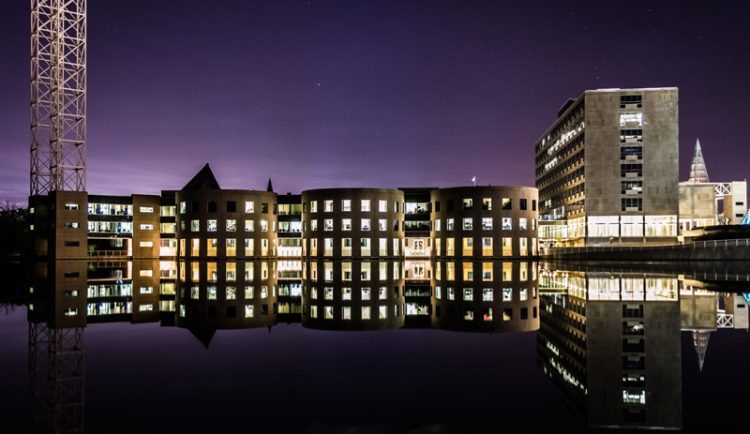
When taking photos without a flash in low-light situation means a longer shutter speed, so keeping your camera stable is essential. Brace yourself as well as possible and breath steadily. Begin exhaling just before pressing the shutter button and keep exhaling until the shot is complete. With some practice you can actually get shots just as sharp as someone using a tripod. Of course, if you do have a great tripod like the Slik Sprint Pro II, the screw hole on the bottom of many point-and-shoots will probably fit on it. There are also miniature tripods designed just for point-and-shoot cameras, like the JOBY GorillaPod that are portable and extremely flexible.
2. Pre-focus Before You Focus
Focusing a camera can steal precious seconds from the perfect shot. The camera can take even longer to focus if it has been turned off or gone into sleep mode. You can eliminate most of the waiting time by pre-focusing your camera before taking the shot. To do this, point the camera at your subject and press the shutter button half-way down. The camera will make some noise as it focuses and when it stops, release the button.
For action shots, like when you’re waiting for someone to cross the finish line, pre-focus on any object close to where the person will be – including a spot on the ground — before they arrive. Even if the person isn’t exactly where you expected them to be, the camera will take much less time to adjust the focus a short distance than it would a longer distance.
3. Use the Flash Sparingly
Few good pictures ever come from a built-in camera flash. Not only does a flash tend to wash out details and cast dark shadows behind your subject, it can wear down your battery and cause frustrating delays as the camera waits for the flash to charge before engaging the shutter.
When you can’t avoid using a flash, try diffusing its light by taping a small piece of tissue paper over it. In some cases this may make the photo slightly less bright than what you intended, however it’s much easier to brighten a photo than it is to darken an overexposed shot, either with an image editing program or by using the camera’s own image editing options.
4. Avoid the Digital Zoom
When you need to get close and personal to your subject, step in as close as you can first and use the optical zoom second. Using the digital zoom on a point-and-shoot camera will always give you an inferior photo. This is because the digital zoom basically crops and expands your photo as you take the image, which most cameras allow you to do after you take the shot anyway. So using a 2x digital zoom uses half the pixels as a normal shot, while a 4x digital zoom reduces the pixels by four times.
5. Adjust the White Balance

If you have ever taken a shot indoors and found everything looks yellow or blue, you’ve experienced an issue with white balance. Most good point-and-shoot cameras give you an option to adjust the white balance for your shot. For a custom white balance, just adjust the setting under the same light that will illuminate your shot until the image on the screen looks good to your eyes. There should also be several pre-settings that change the white balance for you. Settings like day light, cloudy and fluorescent change the white balance for the situations they name. Tungsten is one you may not be familiar with — use it when you are indoors with a lot of incandescent lights to remove the yellow hues. Again, look at the screen, that should be a tell-tale sign.
6. Be Creative and Have Fun
The more photos you take with your point-and-shoot camera, the better you will understand what works and what doesn’t in different situations. When you get a new camera, it’s a good idea to take it out for an afternoon and use different settings for the same photo so you can see how they effect each shot. Explore different compositions by taking photos from different angles and distances. Rather than having your subject centered in every shot, for example, place them near the side of the shot to give them context within their surroundings.
Whether you’re using a cellphone, a point-and-shoot camera, or a DSLR, using different angles almost always creates more interesting pictures. If you simply stand in front of the subject and take the photo at eye-level, the shot is usually uninteresting because that’s the same perspective everyone has of everything they see. Squatting down to a low angle, or finding a safe way to get above your subject will create a photo that is more interesting because it comes from a perspective only toddlers and giraffes normally see.
Whatever your style is for taking photos, your point and shoot camera is a great, light-weight accessory you can bring anywhere. The quality and the range of features will almost always give you better, more memorable photos than what you could ever get with the camera on a smartphone.
Related Articles:

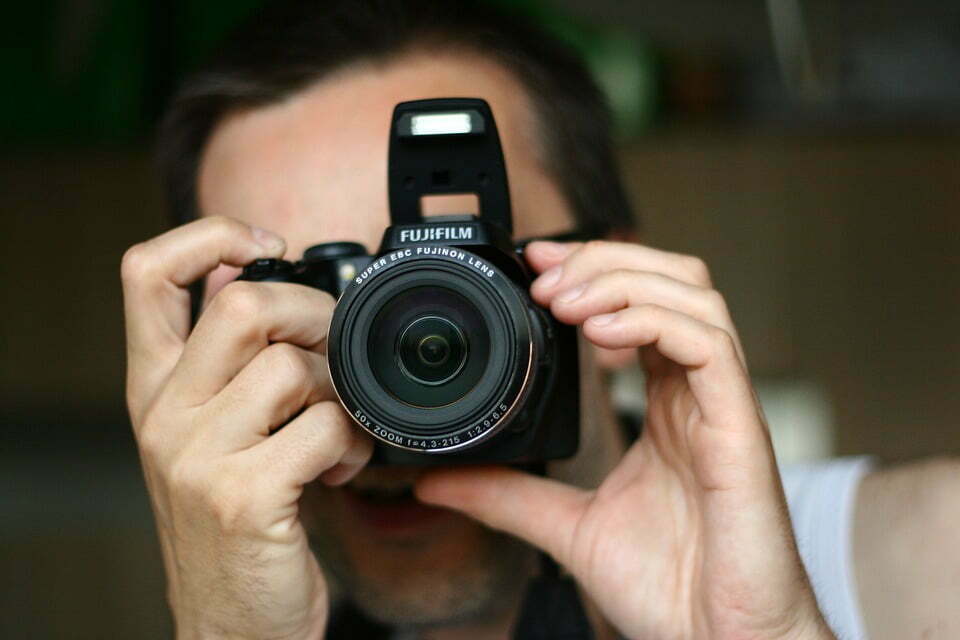














![Best Point and Shoot Camera in [year] ([month] Reviews) 12 Best Point and Shoot Camera in 2025 (April Reviews)](https://www.gadgetreview.dev/wp-content/uploads/Nikon-Coolpix-B500.jpg)
![Best Digital Cameras in [year] ([month] Reviews) 13 Best Digital Cameras in 2025 (April Reviews)](https://www.gadgetreview.dev/wp-content/uploads/what-is-resolution-on-digital-camera-1.jpg)
![Best Digital Camera Docking Stations in [year] 14 Best Digital Camera Docking Stations in 2025](https://www.gadgetreview.dev/wp-content/uploads/best-digital-camera-docking-stations-image.jpg)
![Best Digital Camera Tripods in [year] 15 Best Digital Camera Tripods in 2025](https://www.gadgetreview.dev/wp-content/uploads/best-digital-camera-tripods-image.jpg)
![Best Canon Digital Cameras in [year] 16 Best Canon Digital Cameras in 2025](https://www.gadgetreview.dev/wp-content/uploads/best-canon-digital-cameras-image.jpg)
![Best Polaroid Digital Cameras in [year] 17 Best Polaroid Digital Cameras in 2025](https://www.gadgetreview.dev/wp-content/uploads/best-polaroid-digital-cameras-image.jpg)
![Best Small Digital Camera Cases in [year] 18 Best Small Digital Camera Cases in 2025](https://www.gadgetreview.dev/wp-content/uploads/best-small-digital-camera-case-image.jpg)
![Best Digital Camera USB Cables in [year] 19 Best Digital Camera USB Cables in 2025](https://www.gadgetreview.dev/wp-content/uploads/best-digital-camera-usb-cable-image.jpg)
![Best Digital Camera Bags in [year] 20 Best Digital Camera Bags in 2025](https://www.gadgetreview.dev/wp-content/uploads/best-digital-camera-bag-image.jpg)
![Best Sony Digital Cameras in [year] 21 Best Sony Digital Cameras in 2025](https://www.gadgetreview.dev/wp-content/uploads/best-sony-digital-cameras-image.jpg)
![Best Panasonic Digital Cameras in [year] 22 Best Panasonic Digital Cameras in 2025](https://www.gadgetreview.dev/wp-content/uploads/best-panasonic-digital-cameras-image.jpg)
![Best Digital Camera Accessories in [year] 23 Best Digital Camera Accessories in 2025](https://www.gadgetreview.dev/wp-content/uploads/best-digital-camera-accessories-image.jpg)
![Best Kodak Digital Cameras in [year] 24 Best Kodak Digital Cameras in 2025](https://www.gadgetreview.dev/wp-content/uploads/best-kodak-digital-cameras-images.jpg)
![Best Compact Cameras in [year] 25 Best Compact Cameras in 2025](https://www.gadgetreview.dev/wp-content/uploads/best-compact-camera-image.jpg)
![Best Digital Cameras with Wifi in [year] 26 Best Digital Cameras with Wifi in 2025](https://www.gadgetreview.dev/wp-content/uploads/best-digital-camera-with-wifi-image.jpg)
![Best Digital Cameras for Travel in [year] 27 Best Digital Cameras for Travel in 2025](https://www.gadgetreview.dev/wp-content/uploads/best-digital-camera-for-travel.jpg)
![Best Digital Cameras for Video in [year] 28 Best Digital Cameras for Video in 2025](https://www.gadgetreview.dev/wp-content/uploads/best-digital-camera-for-video.jpg)
![Best Nikon Digital Cameras in [year] 29 Best Nikon Digital Cameras in 2025](https://www.gadgetreview.dev/wp-content/uploads/best-nikon-digital-camera.jpg)
![Best Point and Shoot Cameras for Birding in [year] 30 Best Point and Shoot Cameras for Birding in 2025](https://www.gadgetreview.dev/wp-content/uploads/best-point-and-shoot-camera-for-birding.jpg)
![10 Best Medium Format Digital Cameras in [year] 31 10 Best Medium Format Digital Cameras in 2025](https://www.gadgetreview.dev/wp-content/uploads/best-medium-format-digital-camera-scaled-1.jpg)
